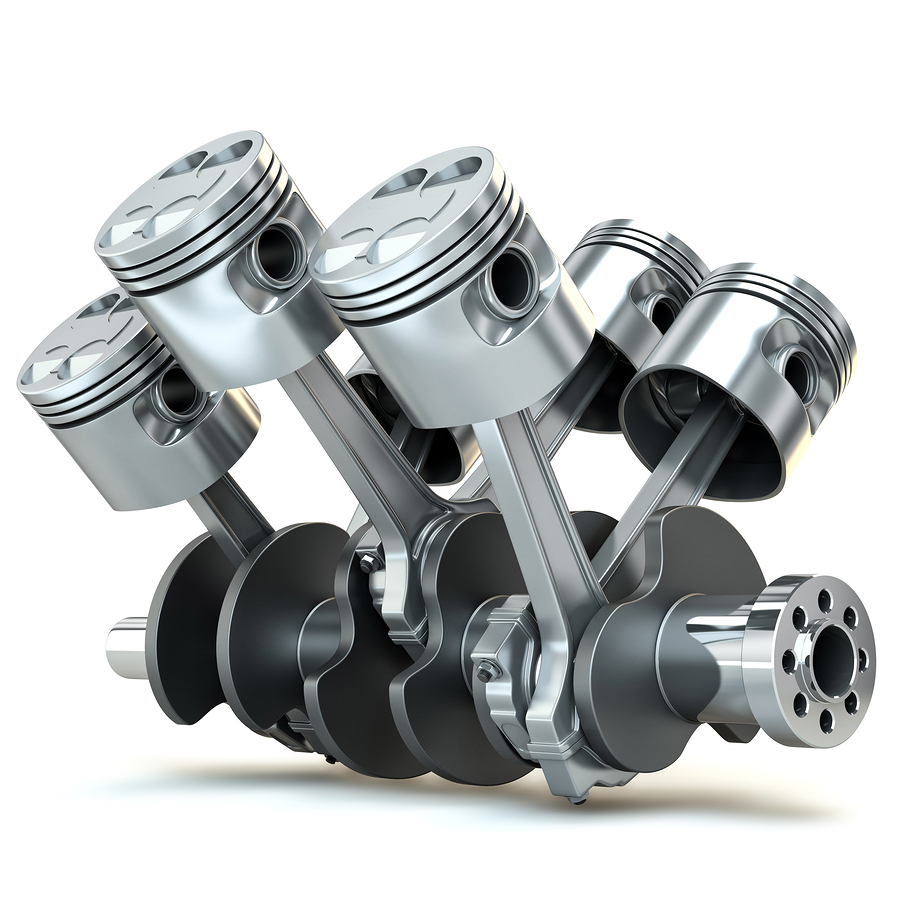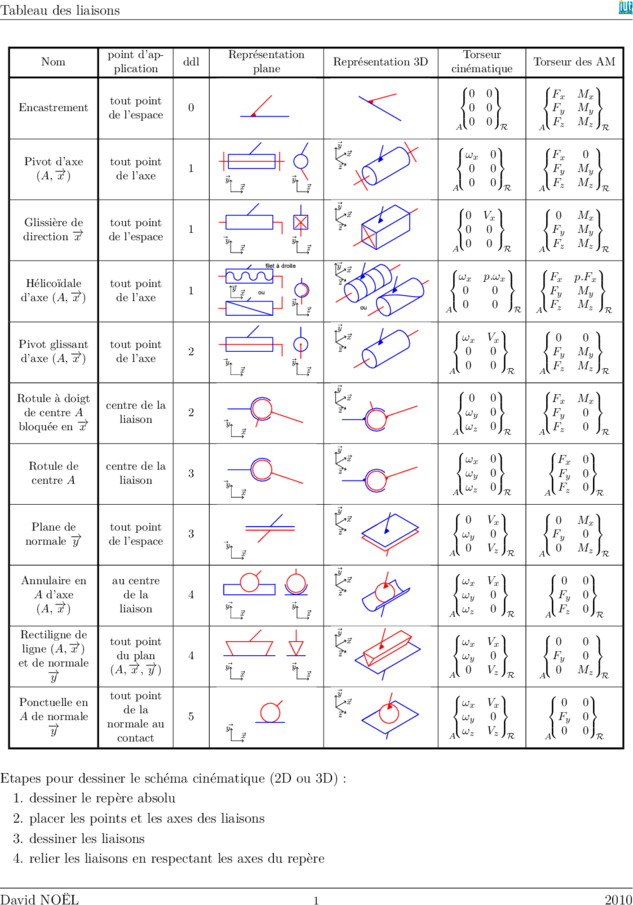- Joined
- Jun 12, 2017
- Messages
- 30
- Reaction score
- 140
Right now we have rails and rotators but those "just" (it's still possible to do a lot of cool things) provide simple movements : translations and rotations on one axis only.
That's were sliders and pivots can come in handy.
Basically, sliders are rails and pivots are rotators but without motors functions. An object docked to them could either move or rotate on one axis but freely, either using an external push or onboard thrusters, and would restrict all other axis of movement on the point of contact. I do say "point of contact" and not "docking point" because the entity would still be docked to an usual rail/rotator and those sliders/pivots would act as secondary dock points (could still be primary thought).
That way it would become possible to build mechanisms like these :


That could lead to 2 possible things :
- Really nice and RP looking systems (mechanic engines, cogs, pistons on hatches, ...)
- Complex movements
That last one is interesting, because by combining several pivots and sliders it become possible to move not only on one axis at a time but it would be possible to create movemets following a spline, witch will create intersting results.

In that suggestion the rail+slider would be analog to ballscrew/leadscrew/belt+linear guide systems.

Following that idea, to reward engineering and "force" to use them a concept of maximum load can be added. We have the docking enhancers, that we need to add to move faster something heavy. Additionally to them it can be said that each rail can take up to let's say 50 mass. If something heavier is trying to move on those rails, they get damage proportionnally to the moved mass until they break. So if you want to move something heavier you 'll need to add one or more sliders parrallel to the main rail that would take a part of the load, for example a mass of 100 each.
It would looks like that :

To illustrate, imagine builing a linear moving autocanon, it's pretty big so it weights 325. In that case you will need a first line of rails that will pull the canon and then 3 lines of sliders that will take on the mass load. Each slider takes 100 mass and the rail 25.
If there wereonly 2 sliders, they would take 100 each, the rail 50 and the last 75 will be distributed evenly as a surplus of load on the sliders until their blocks take enought damage (only when the canon is being moved) and get destroyed, then the surplus of load gets to the rail wich will get destroyed too but faster.
For the pivot/rotator case you would have create a long axis of spaced pivots and a single rotator and pivot's dock modules in between.
Overall it would add to SM a touch of realism to it's mechanics and getting closer to this wich would be awesome :

That's were sliders and pivots can come in handy.
Basically, sliders are rails and pivots are rotators but without motors functions. An object docked to them could either move or rotate on one axis but freely, either using an external push or onboard thrusters, and would restrict all other axis of movement on the point of contact. I do say "point of contact" and not "docking point" because the entity would still be docked to an usual rail/rotator and those sliders/pivots would act as secondary dock points (could still be primary thought).
That way it would become possible to build mechanisms like these :


That could lead to 2 possible things :
- Really nice and RP looking systems (mechanic engines, cogs, pistons on hatches, ...)
- Complex movements
That last one is interesting, because by combining several pivots and sliders it become possible to move not only on one axis at a time but it would be possible to create movemets following a spline, witch will create intersting results.

In that suggestion the rail+slider would be analog to ballscrew/leadscrew/belt+linear guide systems.

Following that idea, to reward engineering and "force" to use them a concept of maximum load can be added. We have the docking enhancers, that we need to add to move faster something heavy. Additionally to them it can be said that each rail can take up to let's say 50 mass. If something heavier is trying to move on those rails, they get damage proportionnally to the moved mass until they break. So if you want to move something heavier you 'll need to add one or more sliders parrallel to the main rail that would take a part of the load, for example a mass of 100 each.
It would looks like that :

To illustrate, imagine builing a linear moving autocanon, it's pretty big so it weights 325. In that case you will need a first line of rails that will pull the canon and then 3 lines of sliders that will take on the mass load. Each slider takes 100 mass and the rail 25.
If there wereonly 2 sliders, they would take 100 each, the rail 50 and the last 75 will be distributed evenly as a surplus of load on the sliders until their blocks take enought damage (only when the canon is being moved) and get destroyed, then the surplus of load gets to the rail wich will get destroyed too but faster.
For the pivot/rotator case you would have create a long axis of spaced pivots and a single rotator and pivot's dock modules in between.
Overall it would add to SM a touch of realism to it's mechanics and getting closer to this wich would be awesome :


